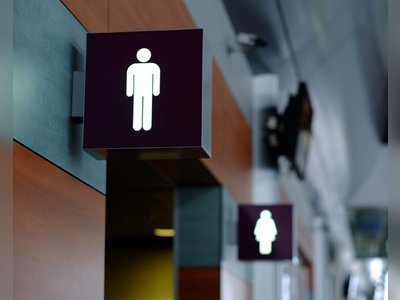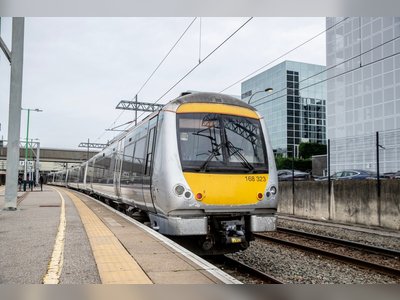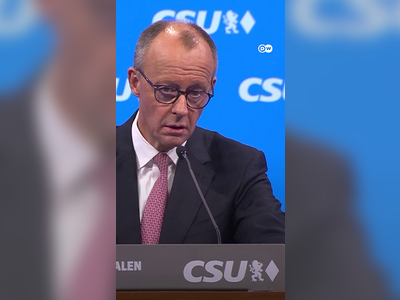0:00
0:00
New public buildings must have separate male and female toilets, government says
The Department for Levelling Up, Housing and Communities said separate unisex or universal toilets should be provided if there is space, but should not come at the expense of female toilets.
The move follows a call for evidence in which some women said they had safety concerns about the rise in 'gender neutral' toilets.
The individuals felt they are losing privacy and being unfairly disadvantaged.
In a statement on Monday, the Department for Levelling Up, Housing and Communities said the approach will mean women who may need to use facilities more often, for example because of pregnancy and sanitary needs, have appropriate facilities.
It added that separate unisex or universal toilets should be provided if there is space, but should not come at the expense of female toilets.
Equalities minister Kemi Badenoch said: "It is vital that women feel safe and comfortable when using public facilities, and that their needs are respected.
"These changes will ensure that separate toilets for men and women are preserved at the same time as providing universal toilets for those that want them. This is a common sense approach."
The department said a consultation will be launched the autumn, which will also consider the design of unisex self-contained cubicles to maximise privacy and whether improvements to disabled persons toilets should be made.
It also clarified that disabled toilet provision will not be affected by the changes.
The changes will be made through building regulations and guidance and will apply to new public buildings of a certain size.
The government said this size will be determined during the consultation process.
The individuals felt they are losing privacy and being unfairly disadvantaged.
In a statement on Monday, the Department for Levelling Up, Housing and Communities said the approach will mean women who may need to use facilities more often, for example because of pregnancy and sanitary needs, have appropriate facilities.
It added that separate unisex or universal toilets should be provided if there is space, but should not come at the expense of female toilets.
Equalities minister Kemi Badenoch said: "It is vital that women feel safe and comfortable when using public facilities, and that their needs are respected.
"These changes will ensure that separate toilets for men and women are preserved at the same time as providing universal toilets for those that want them. This is a common sense approach."
The department said a consultation will be launched the autumn, which will also consider the design of unisex self-contained cubicles to maximise privacy and whether improvements to disabled persons toilets should be made.
It also clarified that disabled toilet provision will not be affected by the changes.
The changes will be made through building regulations and guidance and will apply to new public buildings of a certain size.
The government said this size will be determined during the consultation process.











